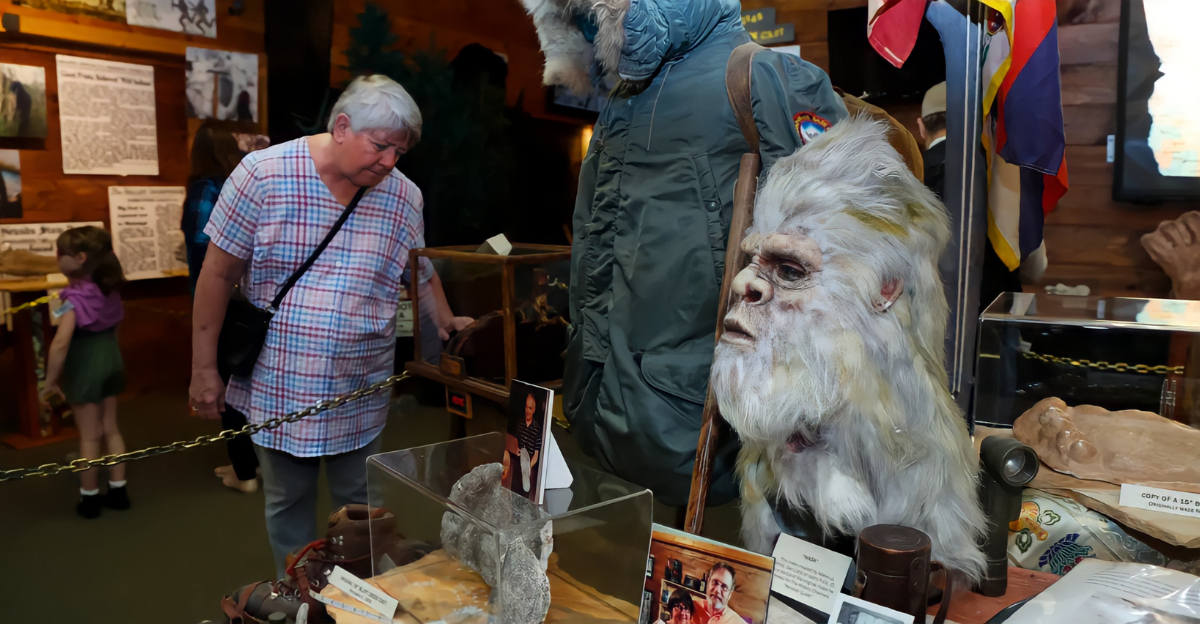
American folklore is rich in every corner of the U.S., from coast to coast, with legendary creatures whose true origins often surprise even dedicated enthusiasts of cryptozoology and regional mythology.
From the windswept plains to dense forests, these beings emerged not from ancient supernatural events, but from practical human needs, deliberate hoaxes, cultural conflicts, and psychological responses to frontier life.
The Wendigo
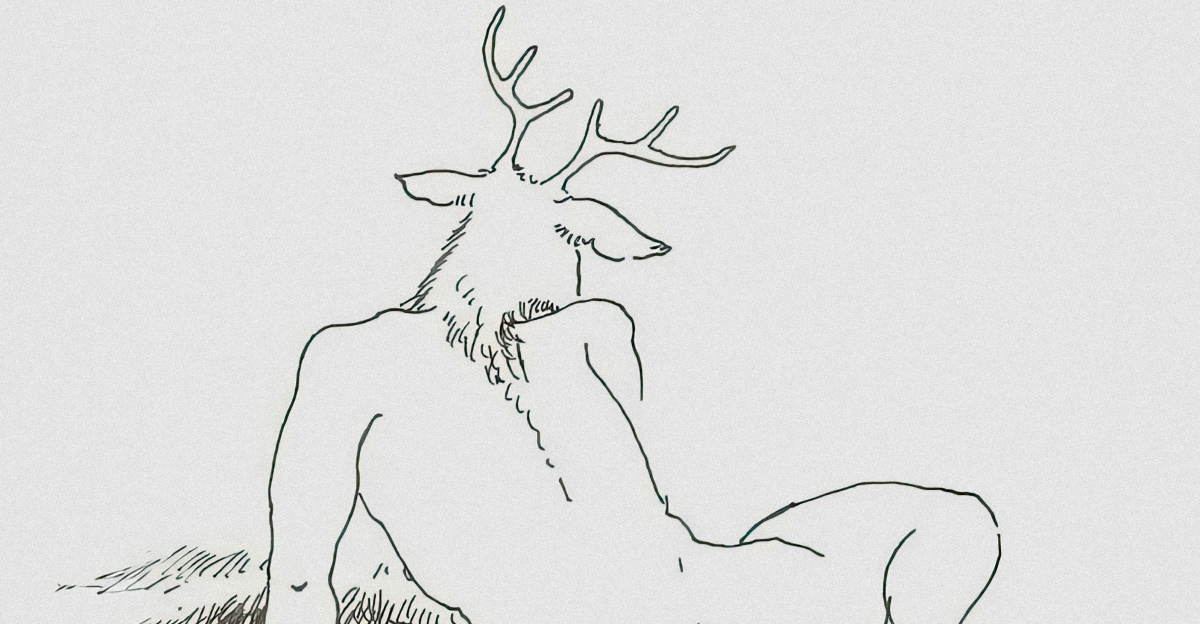
The Wendigo may be one of the most famous cryptids today, but it comes from Algonquian folklore as more than simply a monster; it is a sophisticated moral teaching tool that addresses survival ethics during brutal northern winters.
Tribes used this cannibalistic creature to warn against hoarding resources and abandoning community solidarity when food became scarce.
Jersey Devil
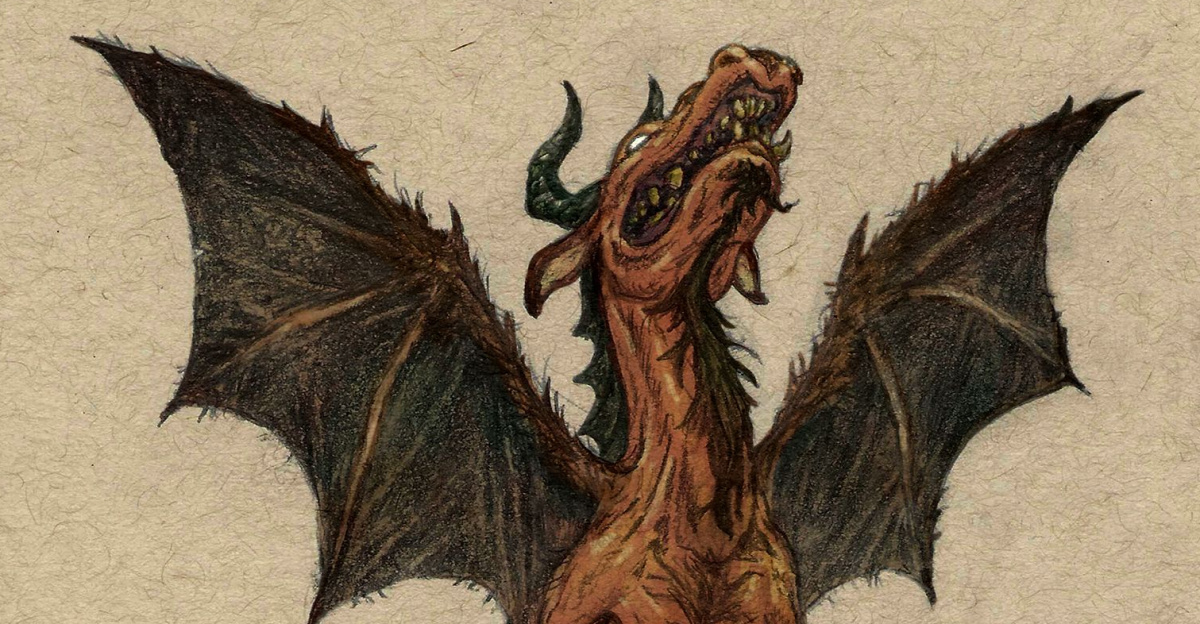
The Jersey Devil’s origins don’t come from supernatural births but from colonial-era political warfare between Benjamin Franklin and rival almanac publisher Daniel Leeds.
Franklin’s attacks on the Leeds family’s reputation and their dragon-adorned family crest created the “Leeds Devil” as political mockery. The creature’s modern form only standardized during the early 1900s, transforming centuries-old political satire into New Jersey’s most famous cryptid through newspaper sensationalism.
Hodag
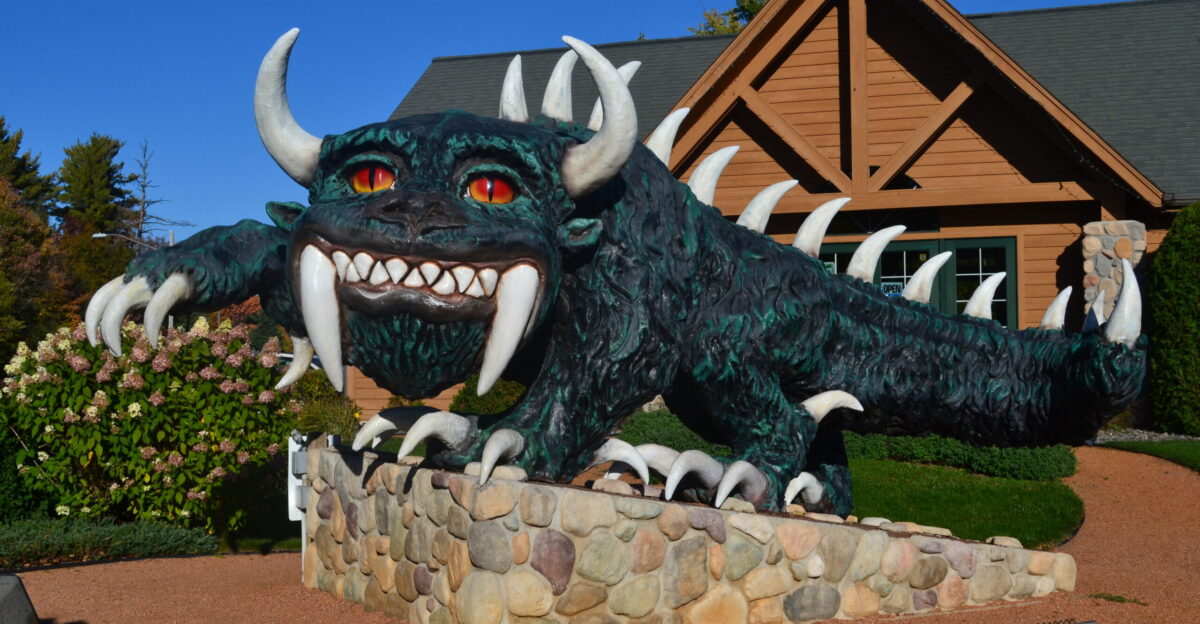
Eugene Shepard’s Hodag represents American folklore’s most successful deliberate fabrication. It originated as a 1893 publicity stunt in Rhinelander, Wisconsin.
This land surveyor and prankster created detailed mythology about a creature born from cremated oxen ashes, complete with staged photographs of “remains.” Shepard’s elaborate ruse included claims of capturing a live specimen using chloroform on poles, fooling newspaper reporters and curious visitors for years.
Thunderbird
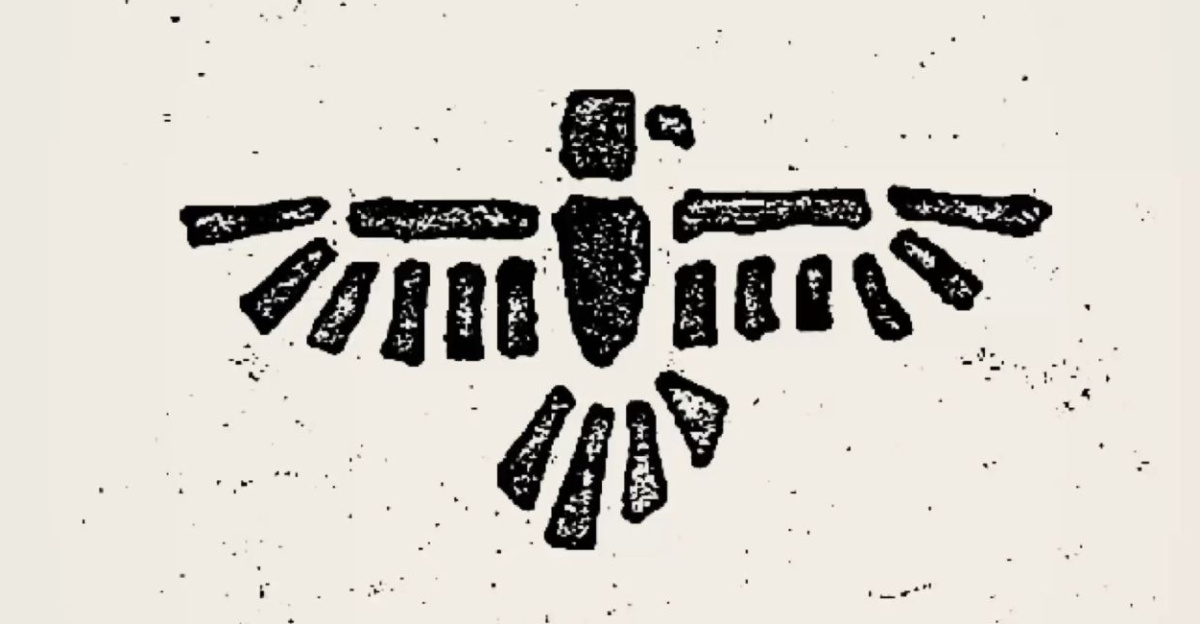
While Thunderbirds appear in numerous Native American traditions, their origins stem from practical observations of severe weather patterns and the need to explain meteorological phenomena.
These massive bird spirits weren’t purely supernatural inventions but indigenous scientific explanations for storm systems.
Chupacabra
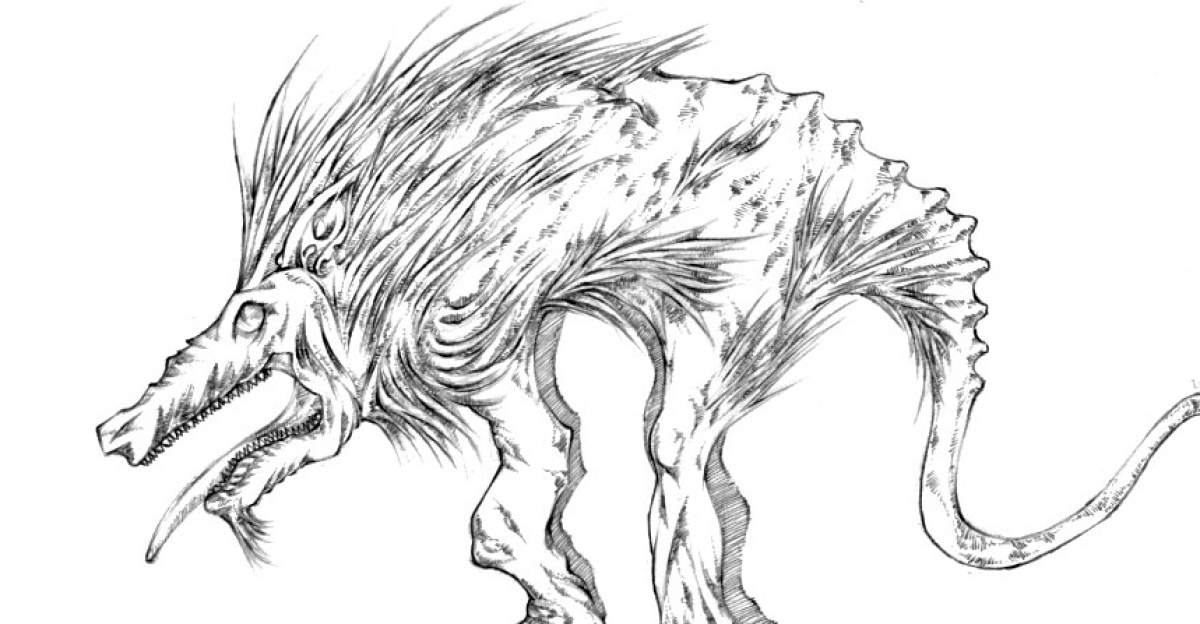
Despite seeming like ancient Latin American folklore, the Chupacabra emerged remarkably recently in 1995 in Puerto Rico, coined by radio DJ Silverio Pérez. This “goat-sucker” represents modern urban legend creation in real-time rather than traditional folklore development.
The creature’s rapid spread across the Americas demonstrates how contemporary media can create and disseminate new mythologies within decades.
Beast of Bray Road
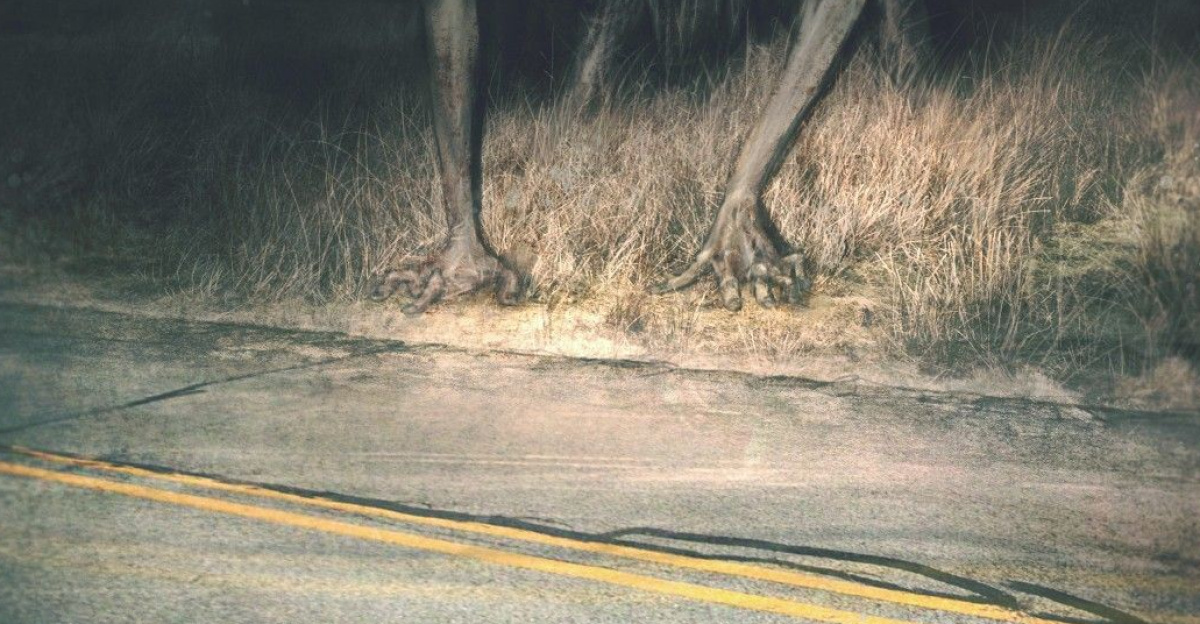
Wisconsin’s Beast of Bray Road gained legitimacy not through centuries of oral tradition but through an 1980s newspaper investigation by reporter Linda Godfrey. Initially assigned to debunk local sightings, Godfrey’s research legitimized witness accounts and created structured mythology around scattered reports.
The creature’s unexpected origin in modern journalism demonstrates how contemporary media investigation can transform random sightings into cohesive folklore.
Pope Lick Monster

Kentucky’s Pope Lick Monster emerged as cautionary folklore surrounding an active railroad trestle. Its origins were rooted in practical safety concerns rather than supernatural events. The goat-man legend developed to explain accidents and deaths that occurred when thrill-seekers trespassed on dangerous railroad property.
The creature’s various origin stories—circus freak revenge, satanic farmer reincarnation, train derailment survivor—demonstrate how communities create supernatural explanations for ongoing real-world dangers.
Skinwalker
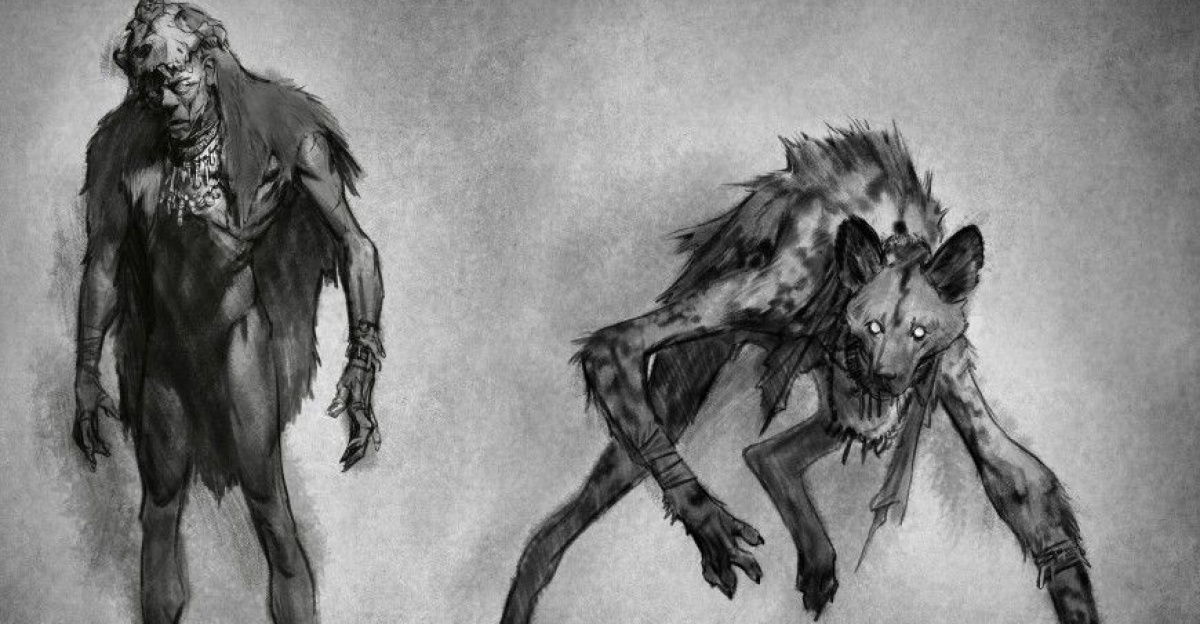
Navajo Skinwalkers, known as “yenaldlooshi,” originated not as random monsters but as specific warnings about the corruption of sacred ceremonial knowledge.
These witch-like shapeshifters represent what happens when spiritual power becomes perverted through selfish or malevolent intentions.
Deer Woman
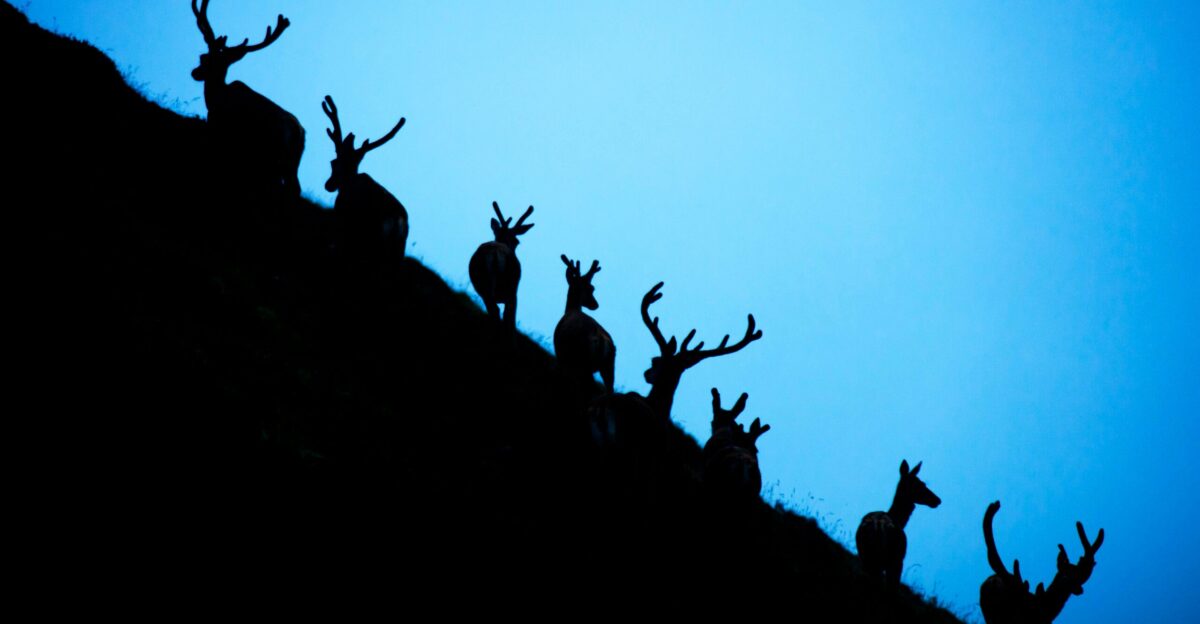
The Deer Woman of various Native American traditions originated as sophisticated moral instruction about appropriate sexual conduct and respect for nature.
Rather than emerging from random supernatural encounters, these beings teach lessons about treating others with dignity and avoiding exploitation.
Akhlut
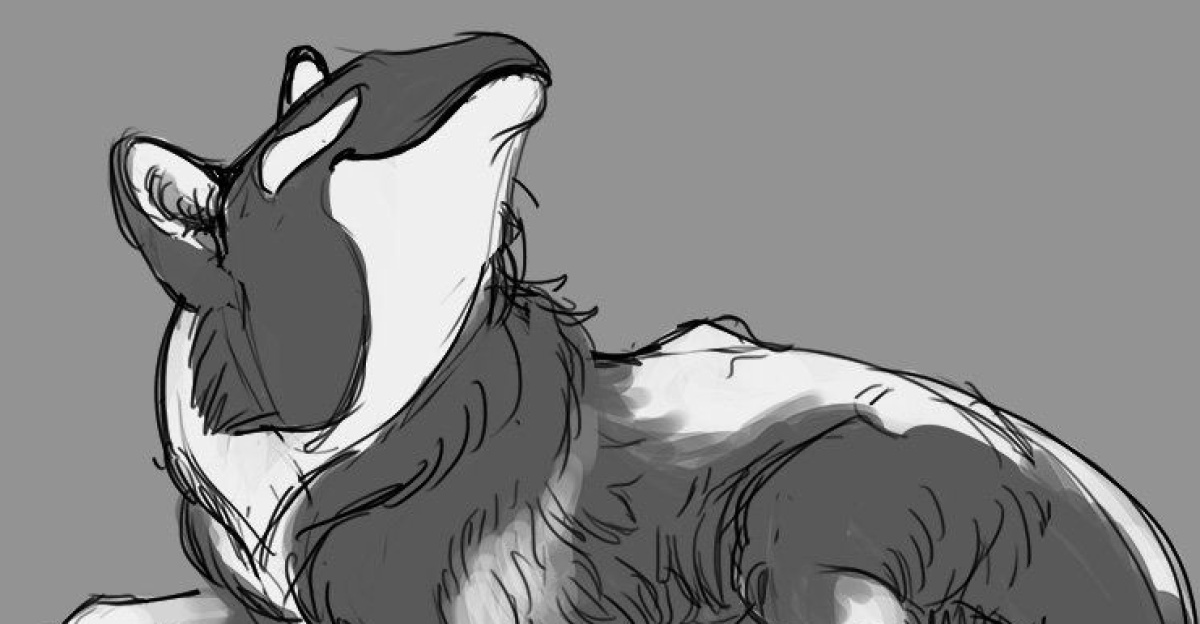
The Akhlut of Inuit tradition—an orca-wolf hybrid—originated from practical Arctic survival knowledge about sea ice dangers and predator behavior.
This creature wasn’t born from mystical visions but from careful observation of how killer whales and wolves hunt in coordinated groups.
Squonk
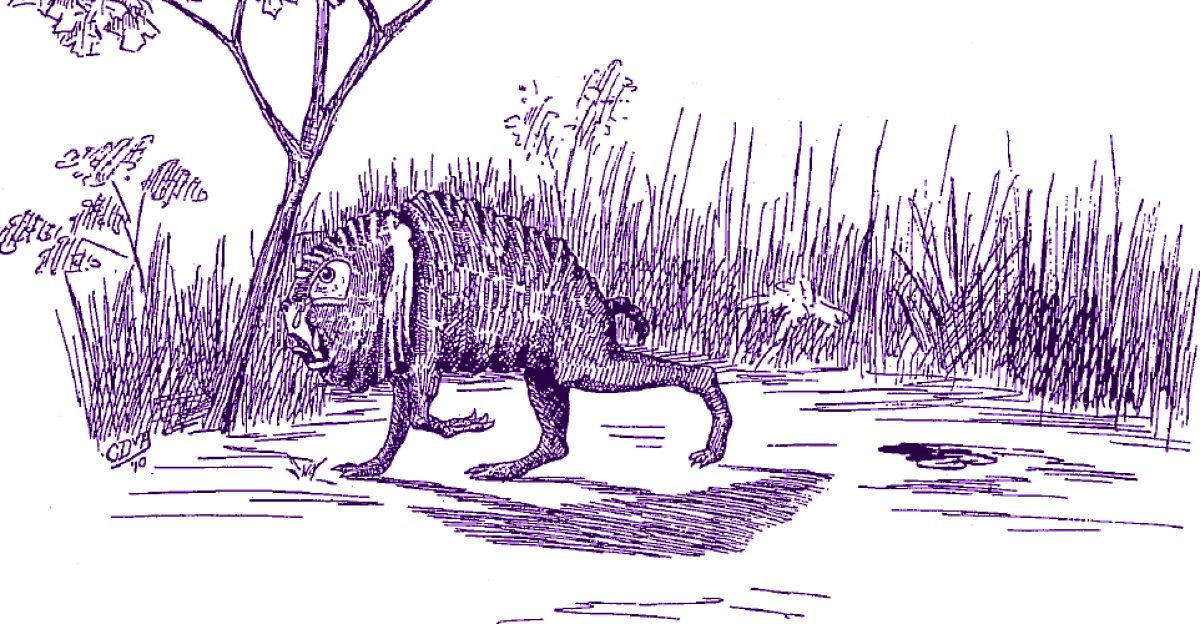
The perpetually weeping Squonk of Pennsylvania folklore originated not from forest encounters but as a metaphorical representation of human emotional states during difficult economic times.
This creature, always crying and dissolving when caught, reflects the psychological impact of regional economic hardship.
Fearsome Critters
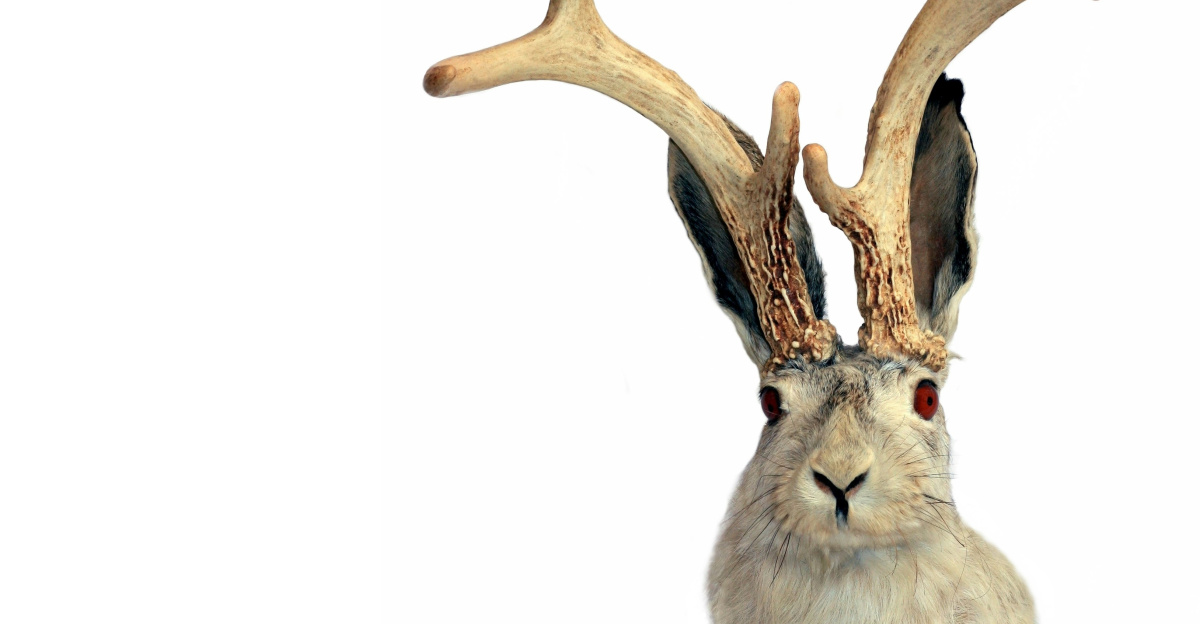
The “fearsome critters” category emerged not from wilderness encounters but from the practical need to entertain bored loggers during long winter nights in remote camps.
Veterans invented creatures like the Jackalope, splintercat, and hidebehind as elaborate hazing rituals for newcomers. These tall tales served multiple functions: passing time without radio or television, initiating rookies through fictional creature hunts, and explaining workplace accidents or disappearances.
Jackalope
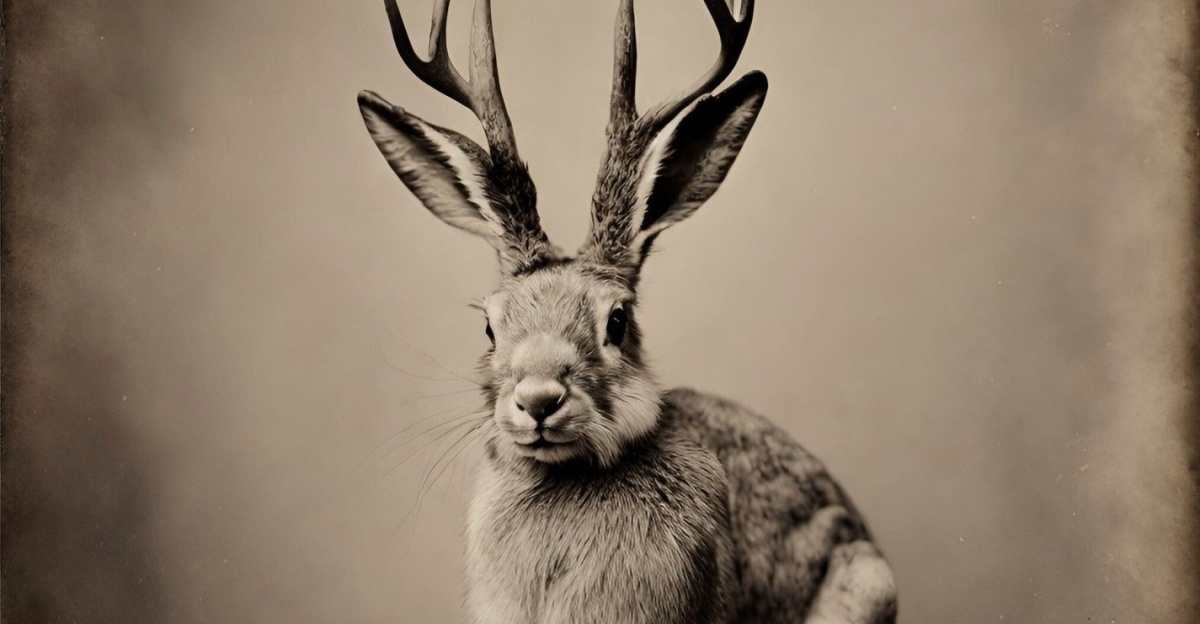
The famous Jackalope emerged not from prairie sightings but from Depression-era taxidermy creativity in Douglas, Wyoming.
Brothers Ralph and Doug Herrick created the first mounted jackrabbit-antelope hybrid in 1932, turning roadside attraction curiosity into enduring American folklore.
Hidebehind
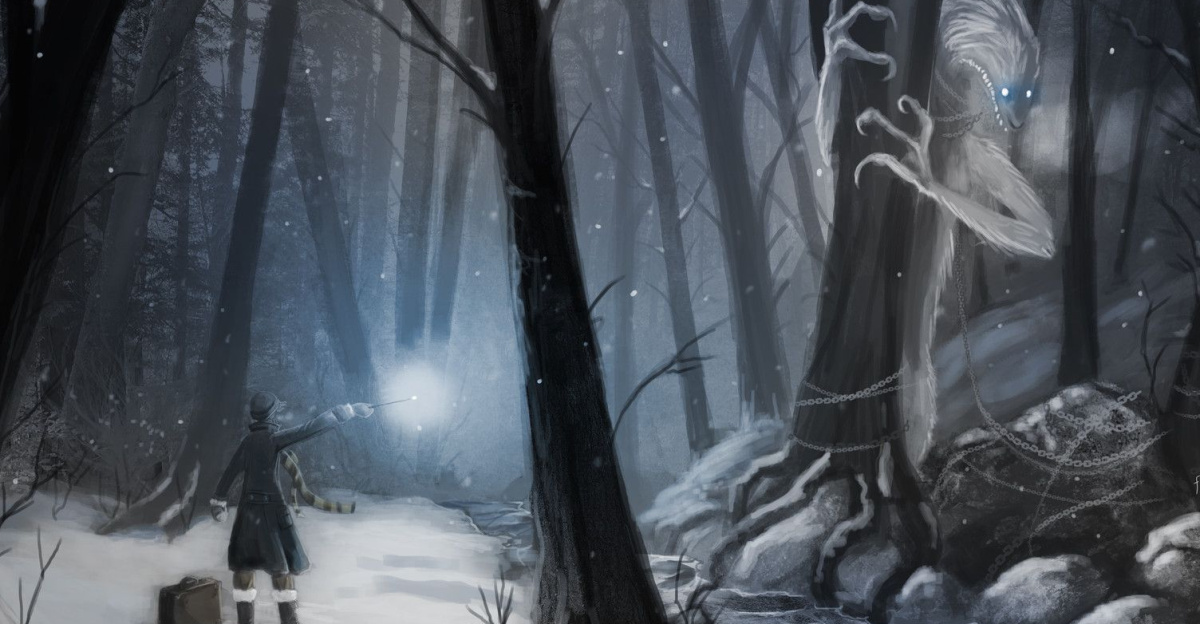
Logging camp Hidebehinds originated as practical explanations for workplace fatalities and missing persons in dangerous timber operations.
Rather than emerging from supernatural encounters, these creatures provided psychologically comfortable explanations for industrial accidents and worker disappearances.
Splintercat
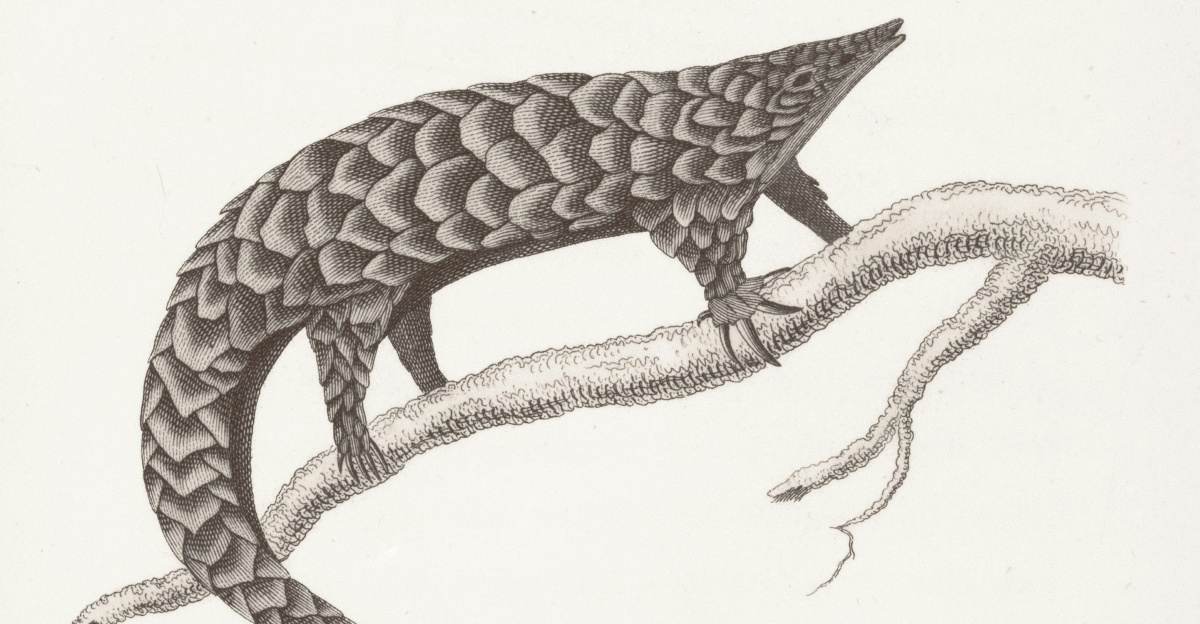
The Splintercat—a creature that rams trees with its reinforced skull—originated from lumberjacks’ attempts to explain natural forest phenomena like lightning damage and tree diseases.
Rather than supernatural creation, this fearsome critter emerged from practical environmental observation and workplace humor.
Gumberoo
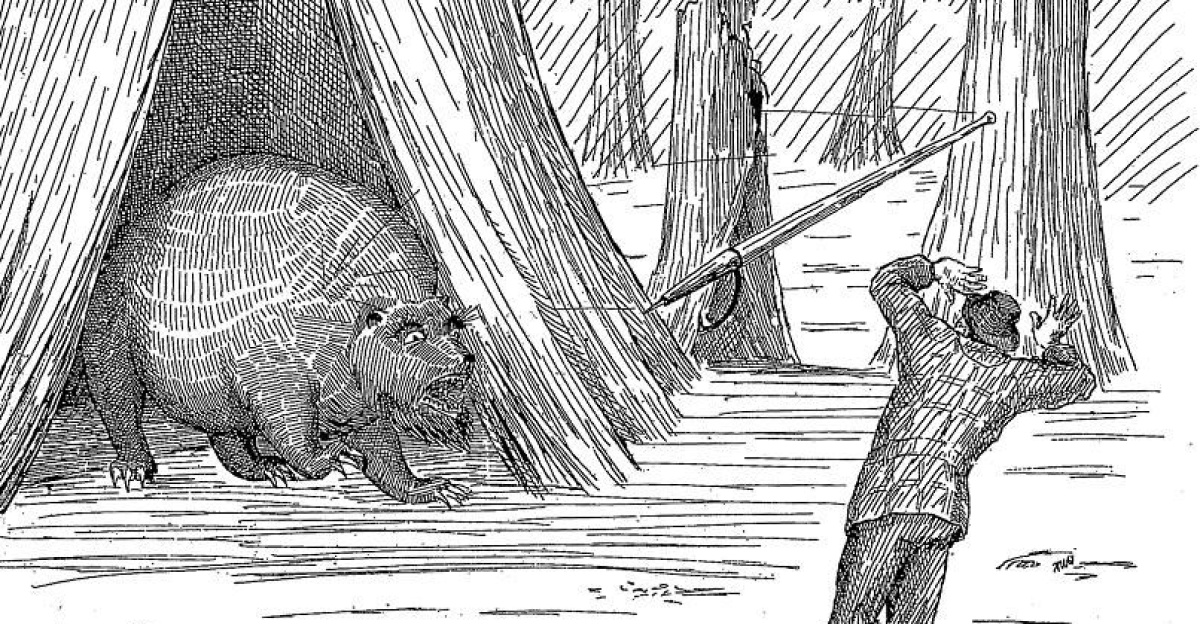
The Gumberoo, a massive creature whose hide could deflect bullets but was vulnerable to fire, originated as coded fire safety instruction in logging camps.
This seemingly random vulnerability represented crucial knowledge about forest fire behavior and survival techniques.
Teakettler
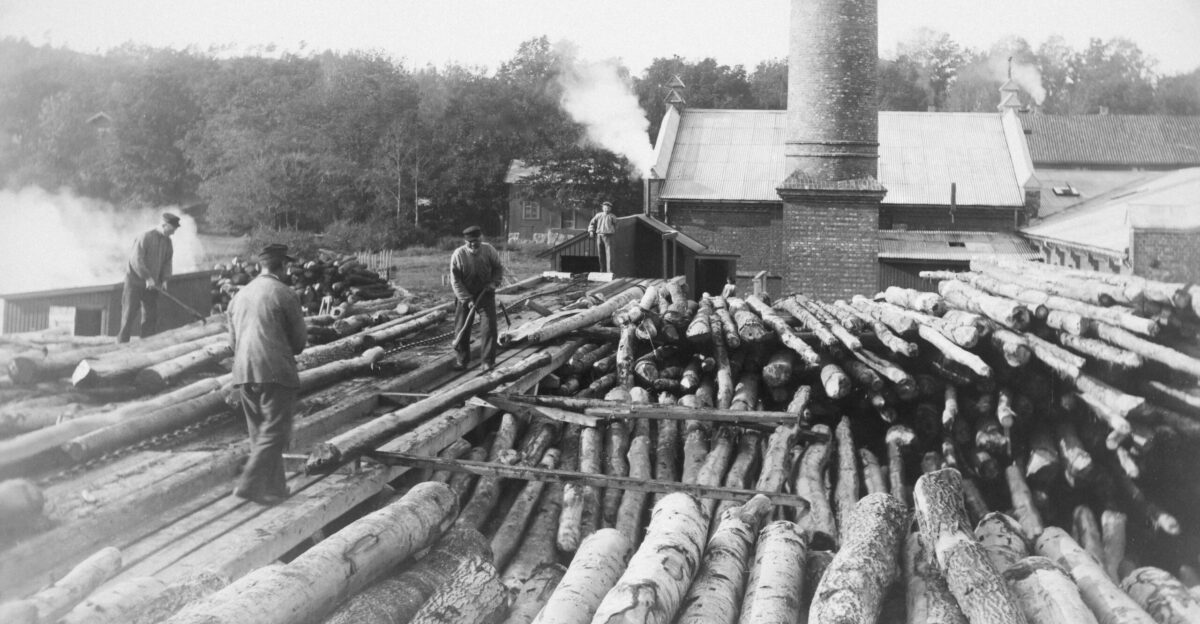
The Teakettler’s distinctive whistling sound originated not from supernatural encounters but as an auditory training tool for identifying steam logging equipment and mechanical problems.
This creature taught newcomers to recognize various industrial sounds indicating equipment malfunctions or operational status.
Wampus Cat
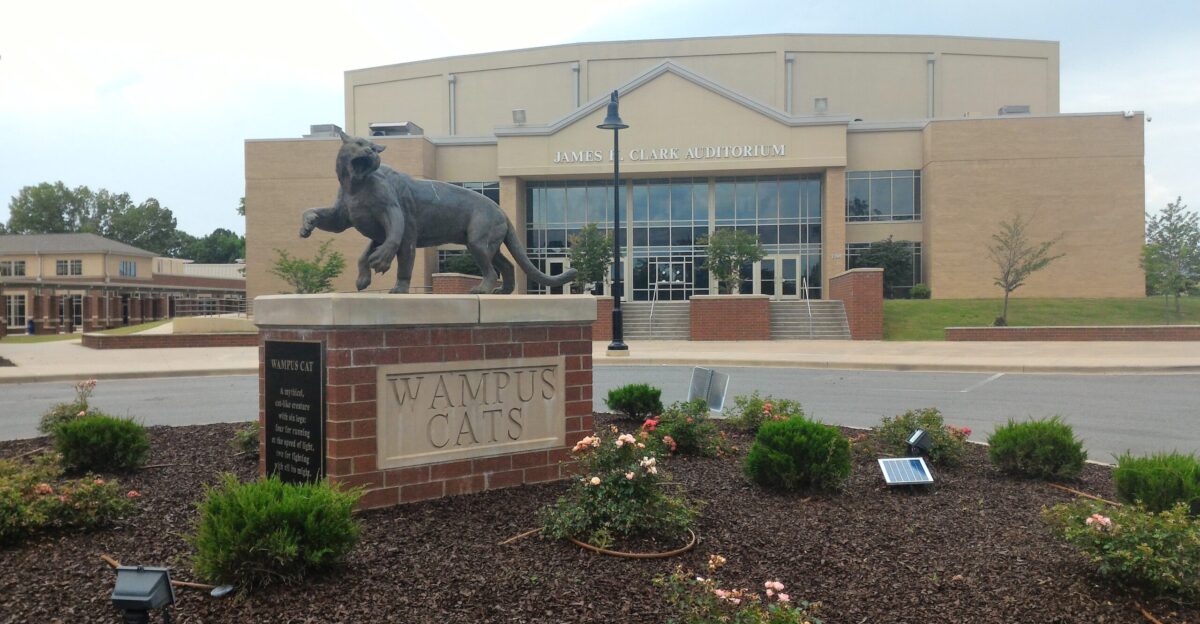
The Wampus Cat emerged from the intersection of Cherokee traditions and Appalachian settler culture, representing an unexpected fusion rather than pure Native American or European origin.
This six-legged feline creature developed where cultural mythologies merged and evolved through cross-cultural contact.
Fur-Bearing Trout
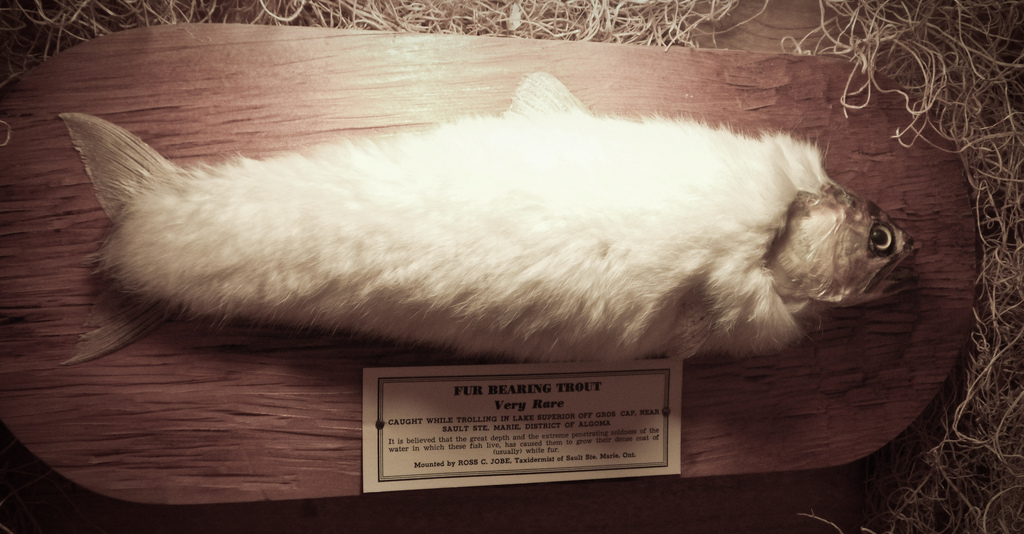
Fur-bearing trout originated as elaborate practical jokes combining taxidermy skills with scientific-sounding explanations about cold-water adaptations.
These creatures weren’t folklore but deliberate hoaxes designed to fool tourists and city visitors unfamiliar with actual fish species.